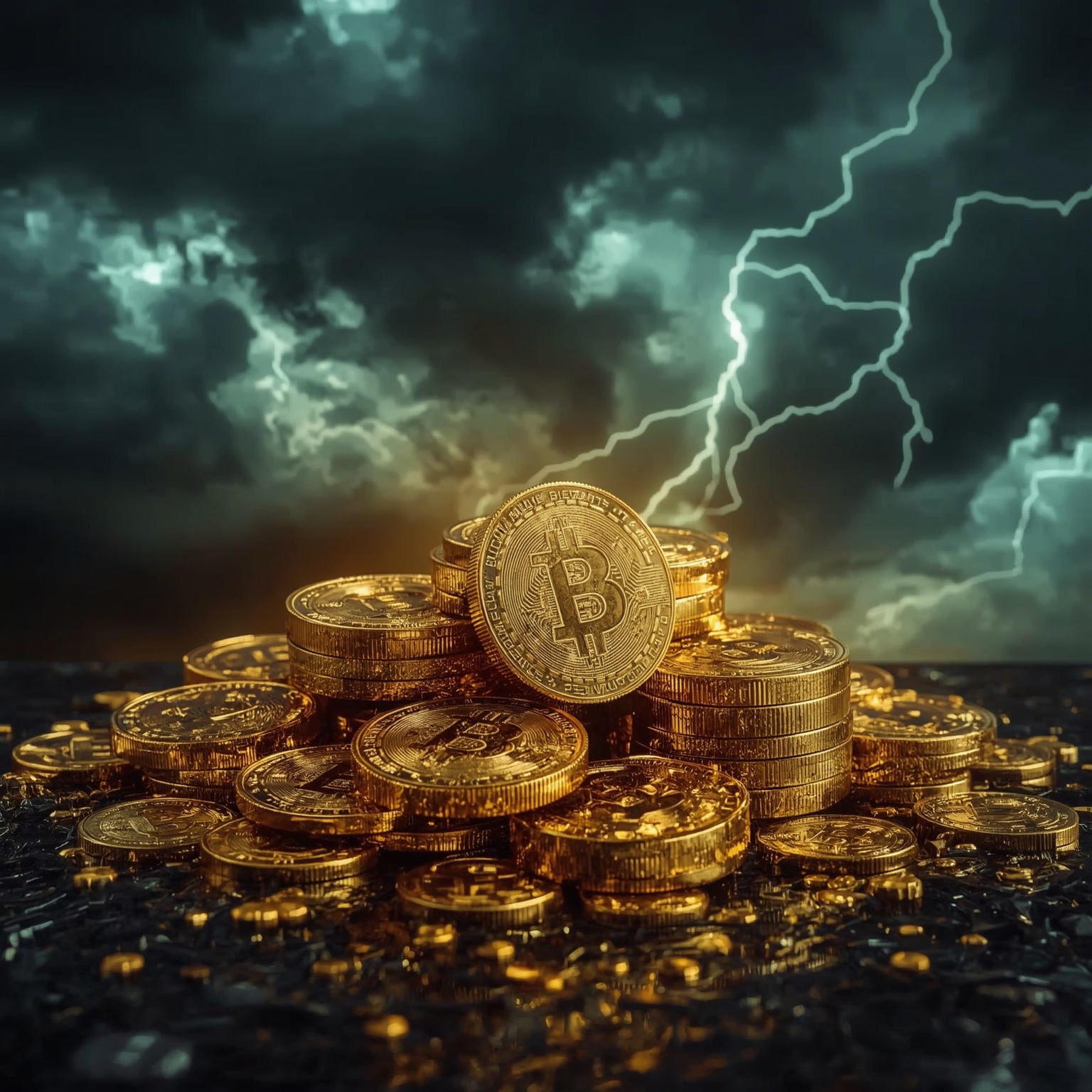When investors find themselves engulfed in uncertainty and indecision, they often adopt a timeless mantra: when in doubt, place confidence in gold. This principle has resurfaced with considerable intensity in today’s financial landscape, as market participants attempt to steer through the volatile dynamics created by a highly visible conflict between President Donald Trump and the Federal Reserve. For many, this clash represents not merely political discord but also a source of profound instability for U.S. economic policy, prompting investors to gravitate toward what has historically been regarded as the ultimate safe-haven asset.
The consequences of this shift in sentiment have already manifested dramatically. Earlier this week, gold achieved an unprecedented milestone, surpassing the formidable threshold of $3,600 per ounce. This surge reflects a staggering 36% increase within the current year alone—a performance that dwarfs the stock market’s more modest returns, such as the S&P 500’s gain of roughly 10% during the same period. To put it another way, gold is not only outpacing equities but rapidly establishing itself as the superior refuge for those in search of stability amid a climate of pervasive apprehension.
Market observers are far from convinced that this rally has reached its limits. Business Insider’s Samuel O’Brient emphasized that current valuations may still lie considerably below gold’s potential ceiling. In fact, Goldman Sachs has gone so far as to project that the metal could appreciate to levels near $5,000 per ounce—an increase of around 40% from today’s price. According to the bank, this forecast rests on a relatively straightforward chain of reasoning: if political frictions continue to destabilize perceptions of U.S. financial integrity, worried investors could choose to reduce their exposure to Treasuries, the quintessential form of government-backed securities, and instead reallocate their wealth into gold as a more reliable store of value.
Importantly, Goldman Sachs is not the only major institution voicing optimism about the long-term trajectory of precious metals. Wells Fargo has echoed this bullish sentiment, citing gold and similar commodities as a strong strategic bet for the future. Such endorsements from globally recognized financial powerhouses underscore the extent to which concern over prolonged uncertainty has created fertile ground for gold’s resurgence.
Meanwhile, the root cause of this widespread unease—the deteriorating relationship between President Trump and the Federal Reserve—shows few signs of abating. According to reporting by the Wall Street Journal, the Justice Department has even launched a criminal investigation into Federal Reserve governor Lisa Cook, an official whom Trump has already attempted to dismiss. Developments such as these fuel speculation about the independence and stability of America’s most influential financial institution, intensifying investor skepticism and reinforcing gold’s role as a defensive position.
Yet where confusion and apprehension exist, opportunities for profit often emerge. The modern-day race toward gold has not only uplifted investors but also produced a perhaps surprising beneficiary in the retail sector: Costco. Since the wholesale club began offering gold bars for sale in 2023, demand has soared to the point of creating what some have described as a near-fanatical following among customers. Although the company does not rake in extraordinary profits from the physical metal itself—the margins on selling bullion are, by their very nature, quite slim—the true advantage lies elsewhere.
Costco’s strategic benefit stems from the momentum it generates for the company’s e-commerce operations, as explained by Business Insider’s Dominick Reuter. Large retail chains increasingly view digital growth as an essential axis of competitive success, and high-value offerings like gold bars provide exactly the type of product that can attract consumer attention online while bolstering transaction volume. In effect, the excitement surrounding Costco’s gold inventory functions less as a direct revenue driver and more as a catalyst for increased online engagement, positioning the company advantageously in the increasingly fierce battle for digital retail dominance.
Contributors to this reporting include Dan DeFrancesco, deputy editor and anchor based in New York; Hallam Bullock, senior editor operating out of London; Akin Oyedele, deputy editor in New York; Grace Lett, editor in New York; and Amanda Yen, associate editor also in New York. Together, their insights paint a portrait of an economic environment in which political turbulence, investor anxiety, and retail innovation converge—united by a common denominator: the enduring allure of gold.
Sourse: https://www.businessinsider.com/gold-price-5000-record-bullish-trump-fed-cook-costco-2025-9



